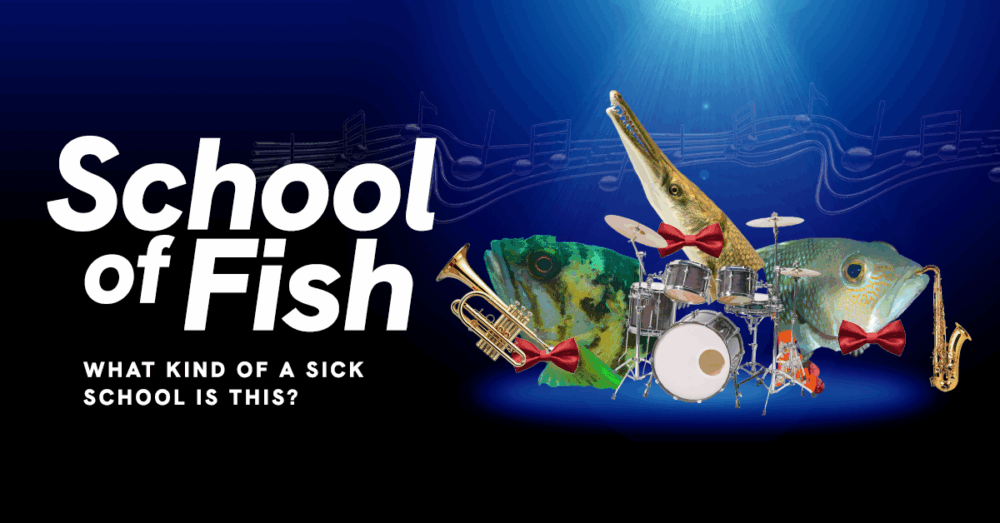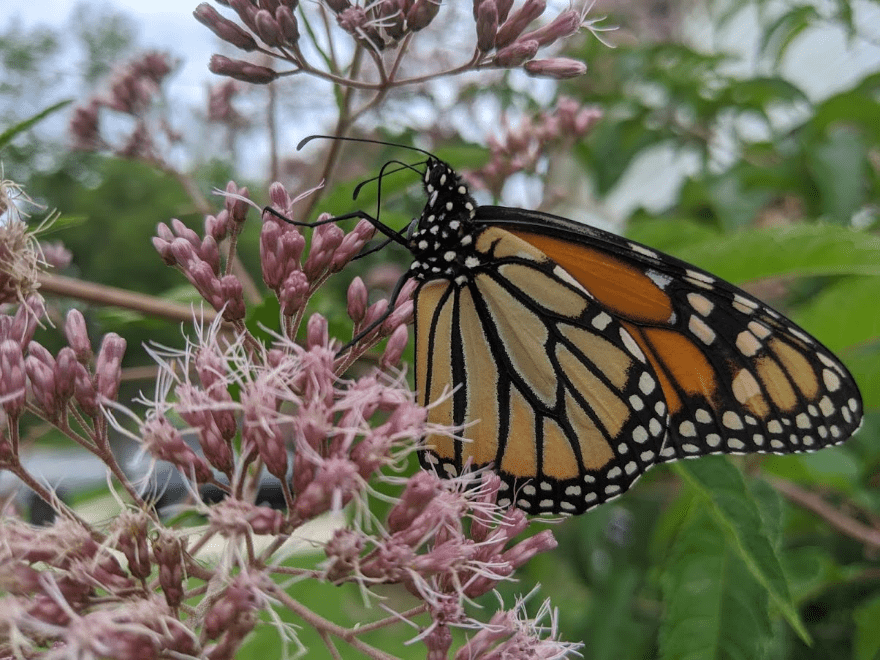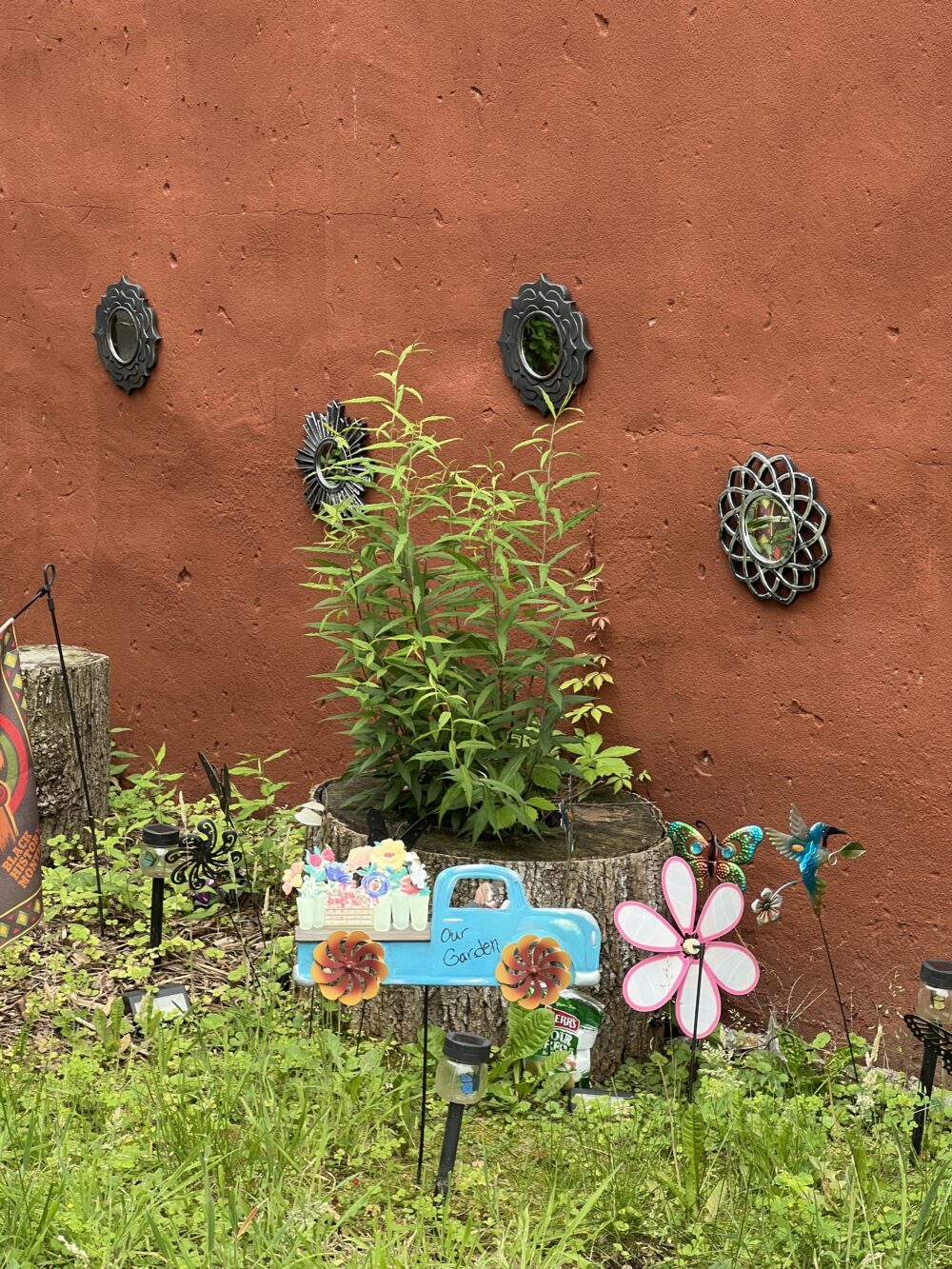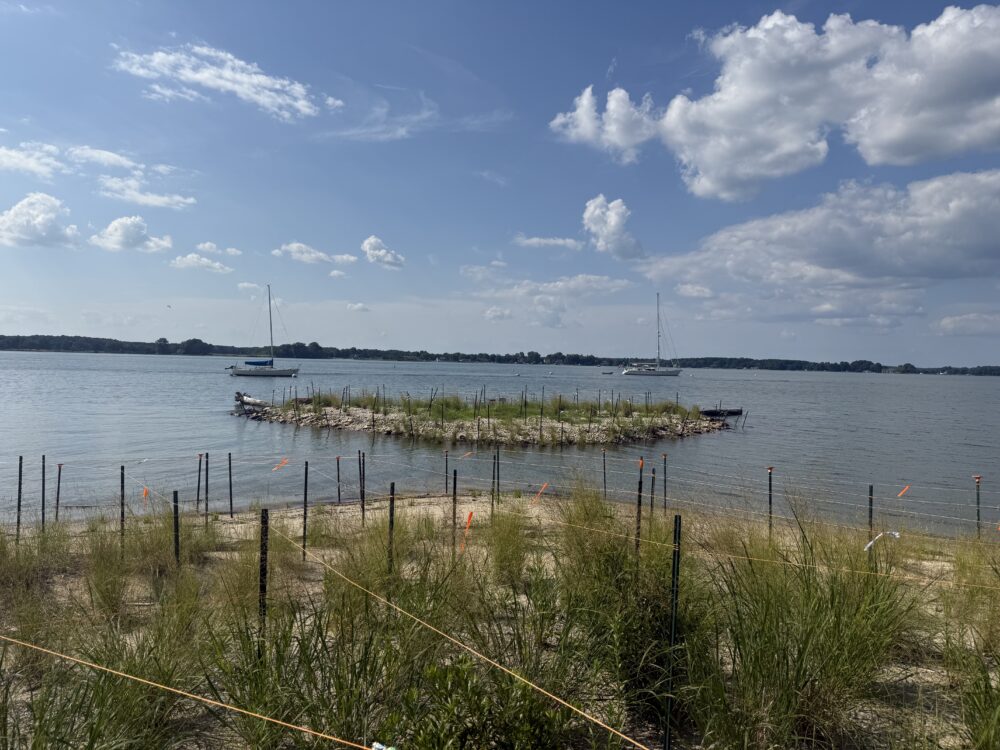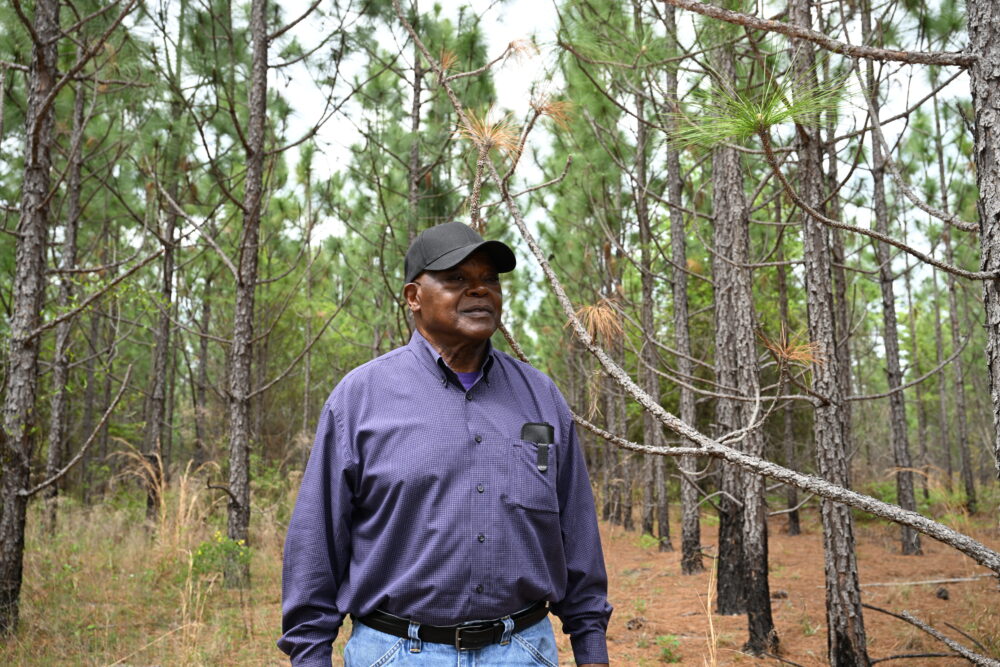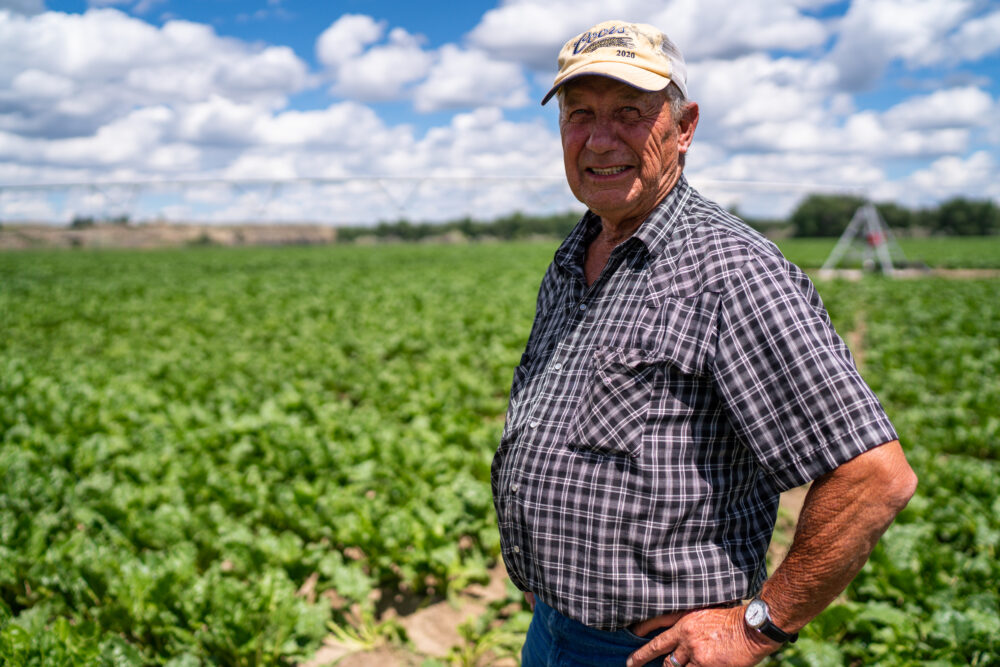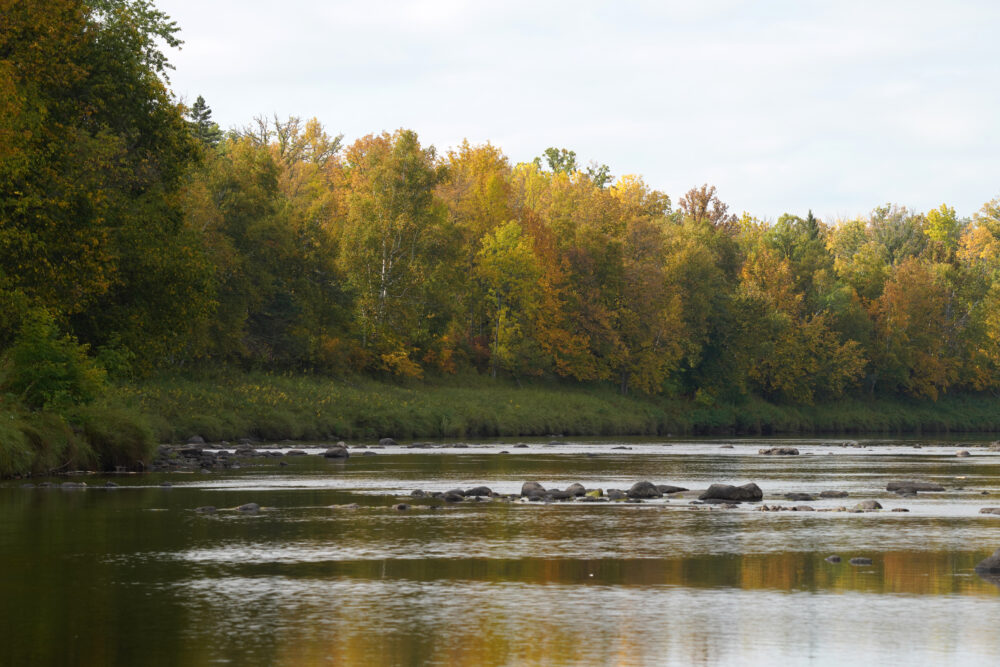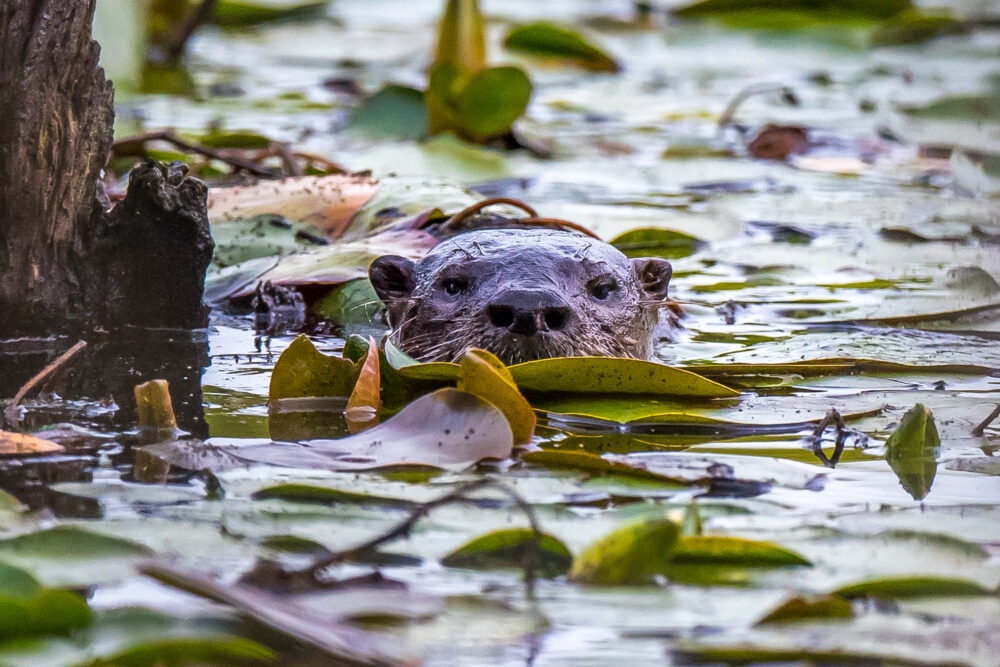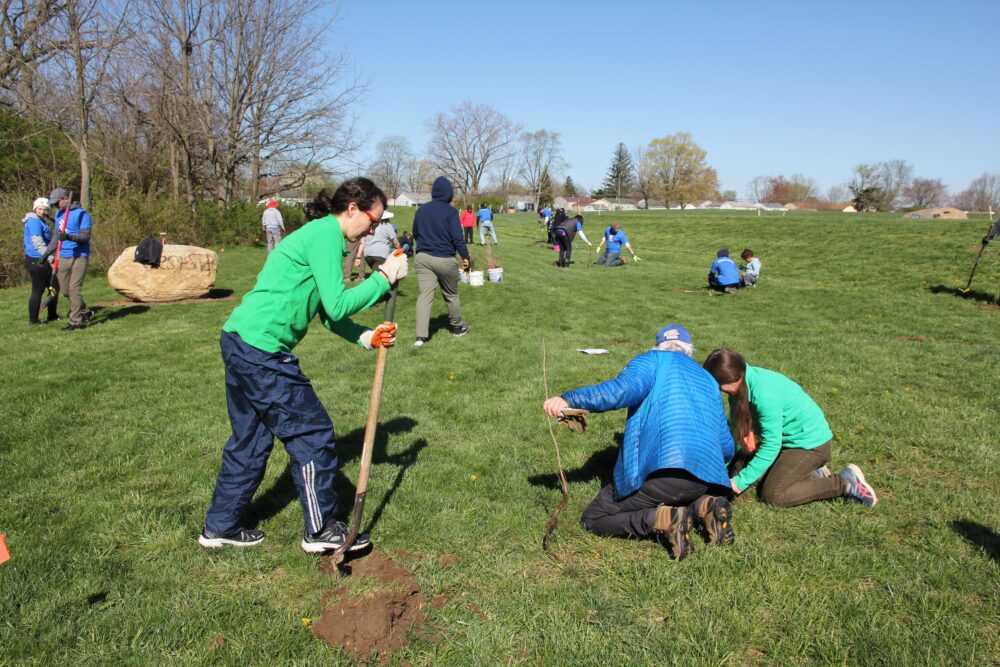We have much more to do and your continued support is needed now more than ever.
Let’s Talk Turkey: Conservation, Traditions, and Turkey Season
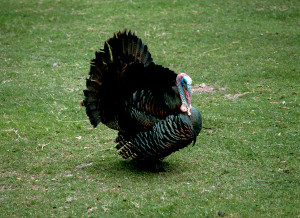
The few weeks in April and May when turkey hunting is open is undeniably my favorite time of year. The quiet chill of winter is finally giving way to sunshine and hints of green. Birds are finding their voices again. The insufferable clouds of mosquitoes haven’t developed just yet, and it’s the perfect time to sit quietly against a tree and watch the world come back to life.
Don’t get me wrong – getting out of bed at 3:30 in the morning is painful. Every early morning I have the same thought: why do I do this to myself? It doesn’t take much, however—only that first pre-dawn gobble of a big tom turkey from his roost somewhere in the trees—before I remember why. Only a lucky few know what it’s like before the forest wakes up on a spring morning, when the only sounds are a few chuck-will’s-widows calling out and the crunch of last fall’s leaves beneath your boots.
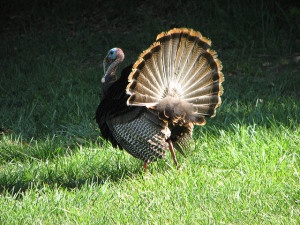
A window into a wild world
It’s also an indescribable experience to call to a gobbler as if you were a lonely hen, and to have him respond with gusto. They’re incredible birds. To me, they always resemble something prehistoric, carefully picking a quiet path through the trees with their long, scaly legs and tiny, white golf ball heads—until the toms display full strut, with tail fanned and chest feathers puffed out. Then they look like Thanksgiving walking through the woods.
To them, everything incites curiosity, and watching them explore decaying logs or empty ditches is like a window into another world. This spring, on one special morning, we called in three jakes (juvenile males), and we watched them chase grasshoppers and play turkey tag for several minutes until interest in a squirrel drew them further into the woods. They had been entirely unaware of our presence, and I felt pretty lucky to get to watch them behave as they have for millennia. Several years ago, when turkeys were nearly gone from many places around the country, we would not have been so fortunate. Extraordinary conservation efforts—thanks to dedicated men and women everywhere—have gone into rebuilding wild turkey populations and protecting their forest habitats.
Family Traditions
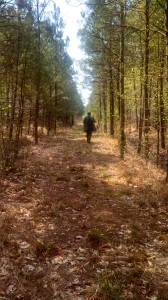
Indeed, this season was successful. Our family harvested three toms, plenty for us. But it’s clearly not always about the hunt. There is so much more that comes with pursuing game: a chance to experience the wild in a unique way, an important time together as family, and a deeper understanding of the importance of giving back to ensure that our sportsmen’s (and women’s) traditions persist for future generations. So while I might be disappointed to see another turkey season in the books, I know I can look forward to seeing those jakes return as toms next spring…and there is plenty of summer fishing to come in the meantime!

